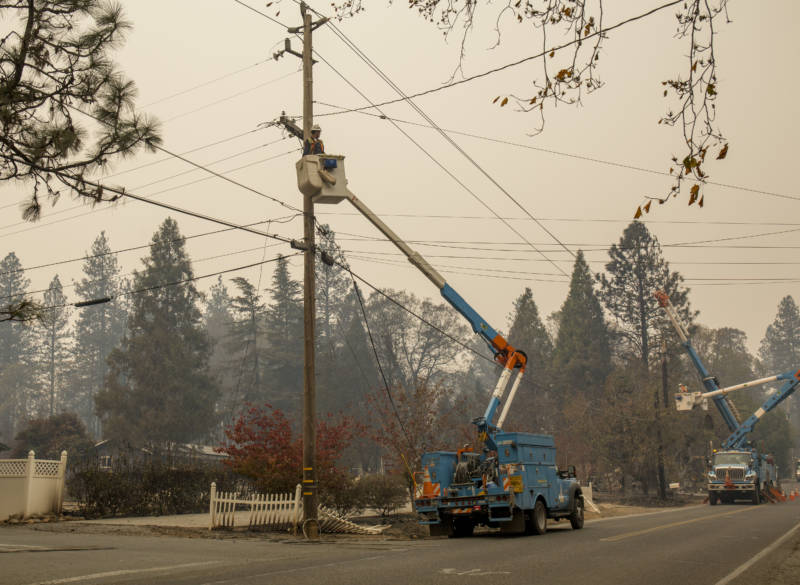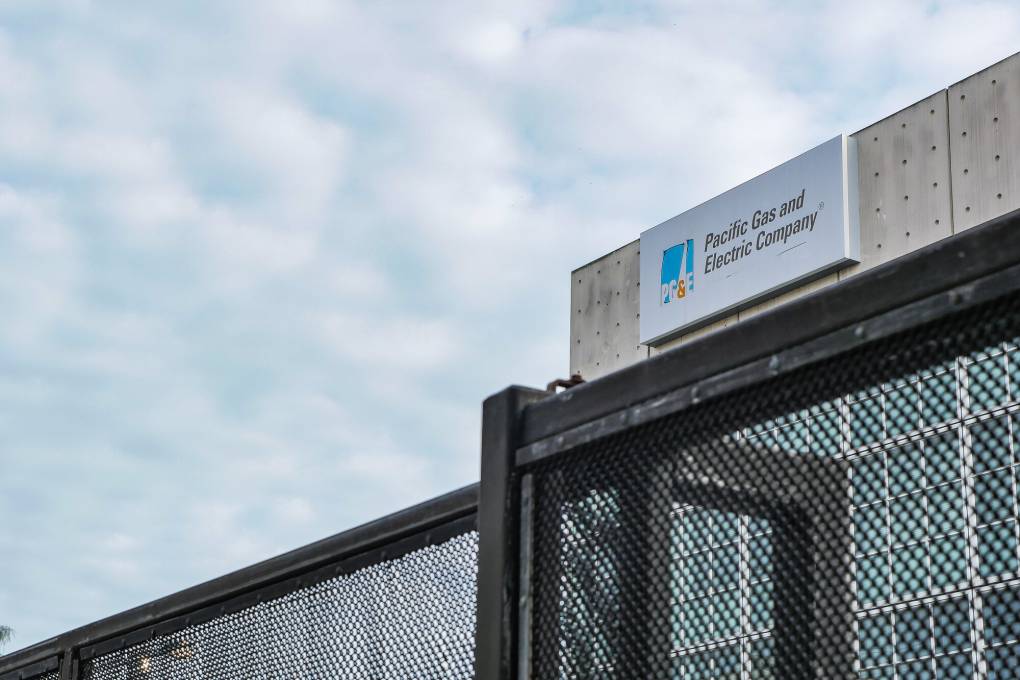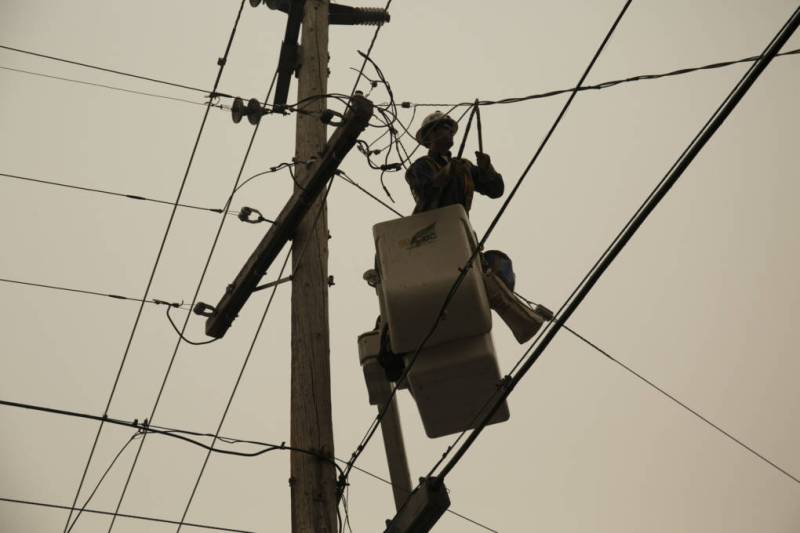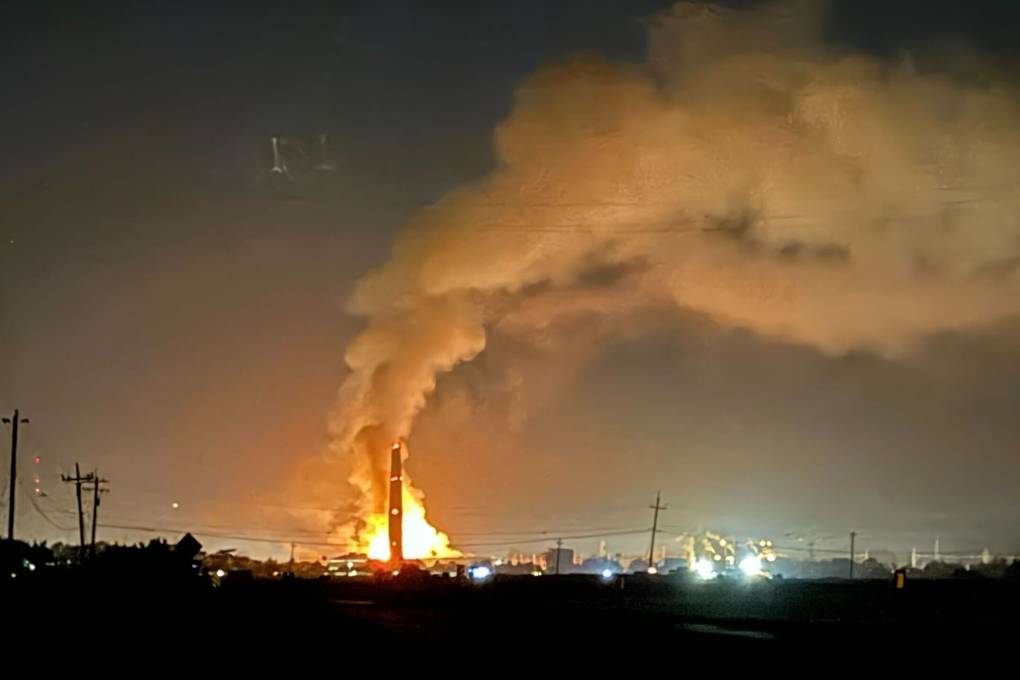The judge postponed any decision on a plan to require the utility to de-energize power lines during high winds, explaining that he wants to see what the California Public Utilities Commission — which regulates PG&E — decides on the issue.
“The prudent thing to do when you’re uncertain is to turn the power off,” he said. “When the public complains that everything in the refrigerator is bad and the ice cream melted, then you could blame the judge. I’m willing to take the heat.”
Steve Campora, an attorney who represented victims of the pipeline blast, said he was pleased that Alsup confirmed that he was the one who would decide if PG&E violated the terms of its probation, not the CPUC, as PG&E had wanted.
“He kept the violation of probation in his ballpark and didn't transfer it over to the CPUC,” Campora said. “And he said no, no, no, this judge will decide whether you're in violation of the law, which is a good thing.”
This story incorrectly stated the amount in dividends that Judge William Alsup said PG&E has paid shareholders in recent years. The amount Judge Alsup cited was $4.5 billion.



